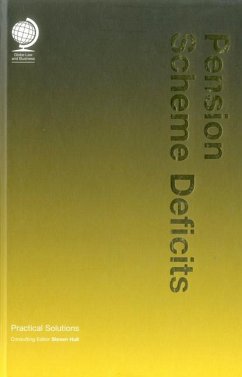
The European Union Emissions Trading Scheme
The economic impact of cap-and-trade in Belgium
Versandkostenfrei!
Versandfertig in 6-10 Tagen
32,99 €
inkl. MwSt.

PAYBACK Punkte
16 °P sammeln!
In order to reduce its greenhouse gas emissions in an economical manner, the European Union introduced the European Union Emissions Trading Scheme (EU ETS) in 2005. Many companies feared that this would negatively influence their global competitiveness, as consumers would choose for products made in countries without environmental constraints like cap-and-trade schemes or carbon taxes. Furthermore, the EU decided in 2008 to reduce its CO2 emissions by 20% by 2020, as part of their ambitious 20-20-20 target. Their main instrument in reaching this objective will be the EU ETS. This book provides...
In order to reduce its greenhouse gas emissions in an economical manner, the European Union introduced the European Union Emissions Trading Scheme (EU ETS) in 2005. Many companies feared that this would negatively influence their global competitiveness, as consumers would choose for products made in countries without environmental constraints like cap-and-trade schemes or carbon taxes. Furthermore, the EU decided in 2008 to reduce its CO2 emissions by 20% by 2020, as part of their ambitious 20-20-20 target. Their main instrument in reaching this objective will be the EU ETS. This book provides an overview of the struggle against climate change during the 20th century. It also gives a detailed summary of the introduction, functioning and future developments of the trading scheme. Finally, it investigates the consequences of the introduction of this EU ETS on the competitiveness of four major carbon emitting industries in Belgium.












